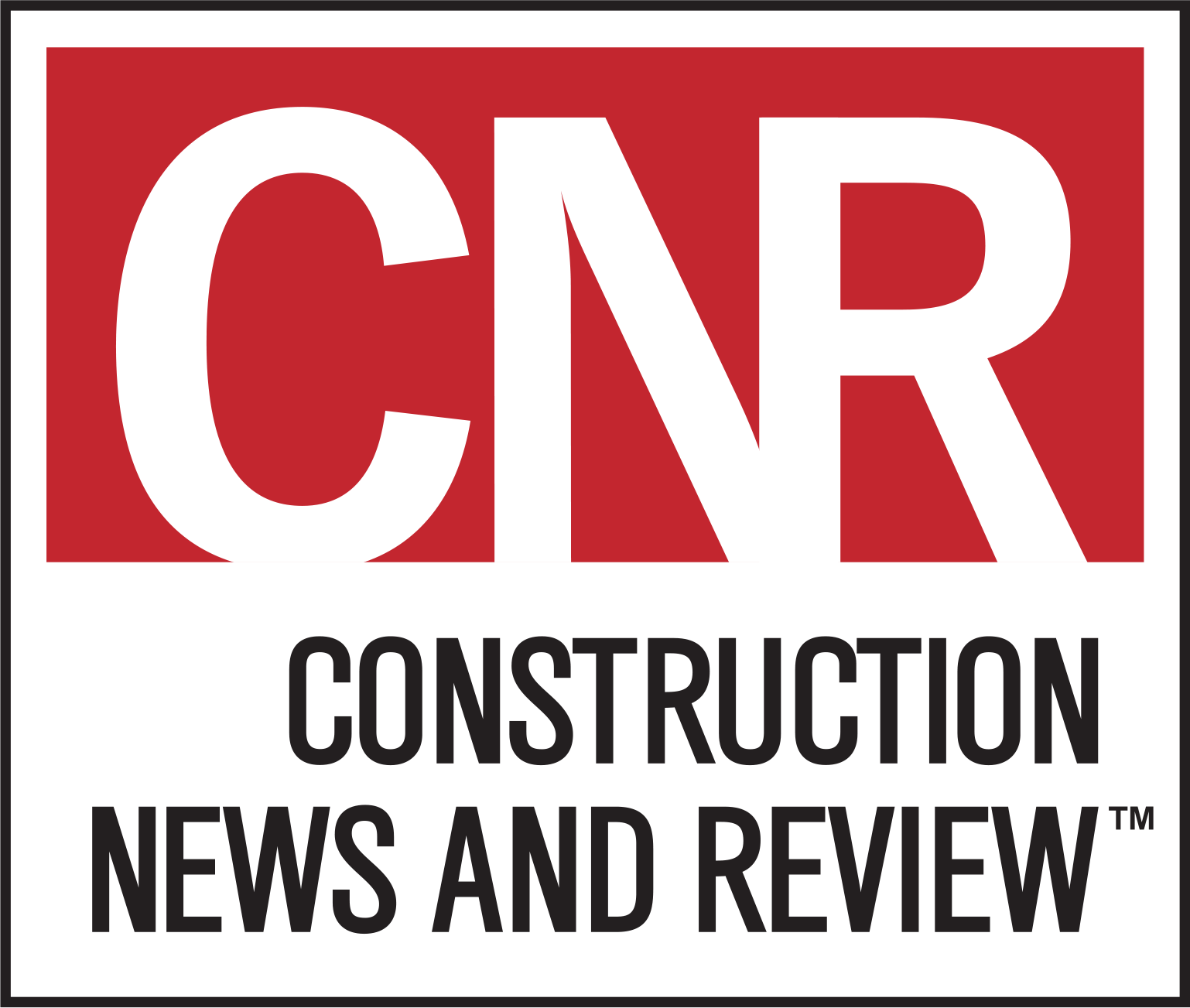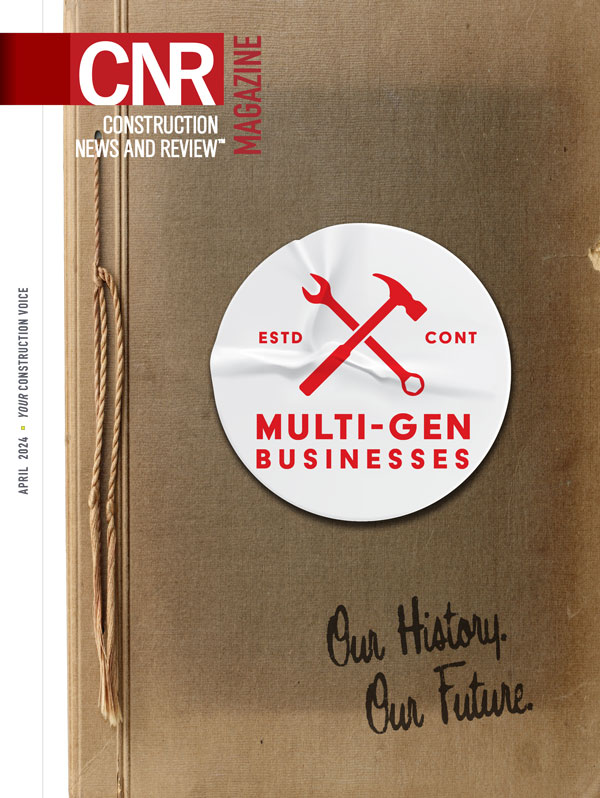States, Contractors Await More Infrastructure Act Funding Allocations
By KERRY SMITH
WASHINGTON, D.C. – As time marks more than two years since the Biden Administration and Congress enacted the Infrastructure Investment and Jobs Act – earmarking $1.2 trillion over five years, some $550 billion of it toward roads and bridge construction, water infrastructure projects, resilience builds and technology-specific efforts – dollars are just beginning to make their way through state transportation agencies and into the project plans of private-sector U.S. contractors and joint ventures.
According to Lynn Hansen, CEO of Charlotte, N.C.-based Crowder Construction, the reason for the time lag between IIJA’s enactment and news of specific projects it is supporting is likely due to the complexity of the proposed infrastructure efforts that the law will fund.
“In our region (the Carolinas), our DOTs are known for getting projects out there quickly once they have the funding,” Hansen said. “My sense is that these are planning-intensive projects and many of them will take years to program and execute. I do hope that some of these (IIJA appropriations) will get extended, because there’s no way this money can be spent in five years.”
Stephen Sandherr, retiring CEO of the Associated General Contractors of America, says the legislative language connected to the IIJA and to the permanent reform package is another driver of the speed – or lack thereof – of funding reaching both the state DOTs and gaining heavy highway and other related contractor bidders.
In order to recruit new workers to assist on teams who will build these infrastructure projects, Sandherr says IIJA requires a construction company to have an established, federally registered apprenticeship program. “In a number of states, gaining that (federal) approval is extremely burdensome and costly, and in some states it’s impossible for non-union firms to gain this to bid on projects,” he said.
According to the White House, Montgomery Locks and Dam in Pennsylvania and Soo Locks in Michigan are recipients of IIJA funding. The projects are among a total of 445 port and waterway projects that IIJA is supporting.
Cirba Solutions in Lancaster, Ohio and Group14 Technologies in Woodinville, Wash. Are recipients of a portion of the more than $7 billion that IIJA has allocated to battery manufacturing construction projects. The monies will enable Cirba to upgrade its existing lithium-ion recycling facility and Group14 to develop a commercial-scale modular manufacturing facility to reduce battery costs and greenhouse gas emissions.
The Mega Grant Program – a separate federal initiative that supports large, complex projects that are difficult to fund by other means – is also awarding monies to high-profile, multi-state infrastructure projects such as the I-5 Interstate Bridge project. A total of $600 million in Mega Grant dollars will help fund the $7.5 billion project that will rebuild the span over the Columbia River between Oregon and Washington to make it structurally and seismically sturdier. The project also calls for adding lanes to nearly five miles of I-5, enlarging seven interchanges and extending light rail from Portland to Vancouver plus creating new walking and cycling paths. Each of the two states is contributing $1 billion to the mega-project.
Mega Grant dollars are also funding bridge upgrades and construction of a new interstate bridge – Interstates 71 and 75 – for the Brent Spence Bridge that carries vehicles over the Ohio River from Kentucky to Ohio and back. A total of $1.6 billion has been apportioned via the Mega Grant Program, with construction estimated to begin in Spring 2024.
For more information about state-by-state allocations under IIJA, see whitehouse.gov/build/maps-of-progress/.
Fresh Content
Direct to Your Inbox

YOUR RESPECTED INDUSTRY VOICE
Join CNR Magazine today as a Content Partner
As a CNR Content Partner, CNR Magazine promises to support you as you build, design and engineer projects not only in and around St. Louis, but also across the U.S. CNR is equipped and ready to deliver a dynamic digital experience paired with the top-notch, robust print coverage for which you’ve always known and respected the magazine.







